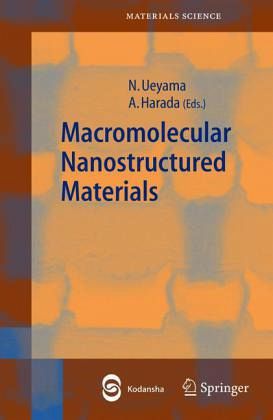Nicht lieferbar

Macromolecular Nanostructured Materials
Versandkostenfrei!
Nicht lieferbar
This book presents a detailed account of the synthesis, characterization and application of organic and inorganic macromolecular nanostructured materials. These materials consist of simple organic compounds, inorganic complexes and polymers, and display unique properties such as electrical conductivity ranging from semiconducting to superconducting. Also described in the book are the roles of these materials in electrodeposition and gas deposition, as photosensitizers, magnets, macromolecular metal catalysts, sol-gel hybrids, and in biomineralization. The book covers many essential and timely issues involved in the synthesis of nanostructured materials.
This volume contains information on the most recent advances in the rapid development of nanostructured materials. The authors are world leaders in this area and a group of young scientists who have devoted themselves to the develop ment of macromolecular nanostructured materials. The first development phase of this field was characterized by the construction of nanostructured materials. We have now entered the second phase, the aim of which has been the creation of a functional device for various applications. Polymeric materials have already estab lished a nanosized structure for these infinitesimal purposes. However, these poly mers are used via a top-down processing approach from the mass. The goal of cre ating new nanostructured materials is to produce instead a device which can be self-assembled and used in a bottom-up processing approach. Although the top down processing approach has given rise to the problem of how to dispose of scraps generated by industrial and daily usage, the bottom-up processing approach will involve a specific reaction after usage, thereby eliminating this disposal prob lem. The collected articles present important concepts for the precise synthesis of nanostructured materials. These small molecules are designed according to the molecular recognition results for their functions, such as molecular electronics, mesoscopic assemblies using organic building blocks or polymers with well defined shape, size and a deeply buried functional group, and novel magnets con sisting of organic radicals, sol-gel hybrids applicable for hardeners of fluids or liq uid crystals.



